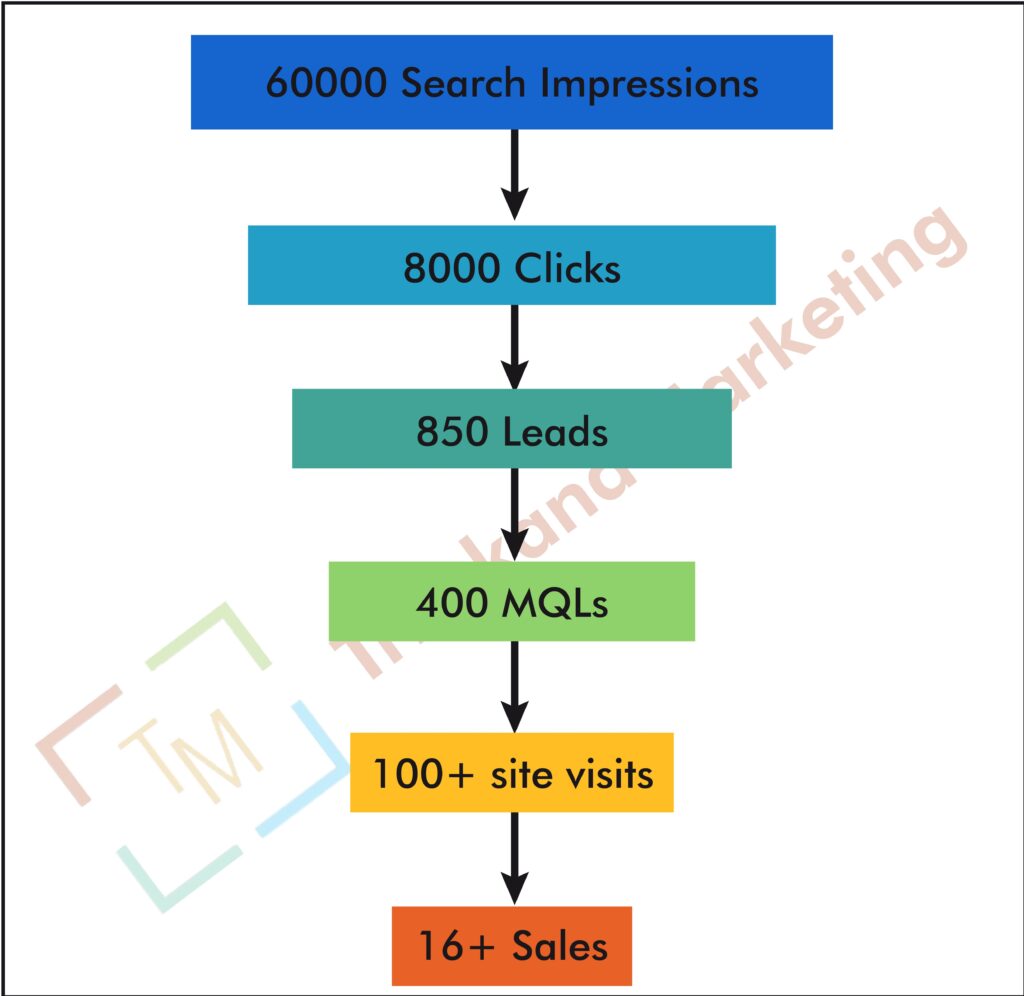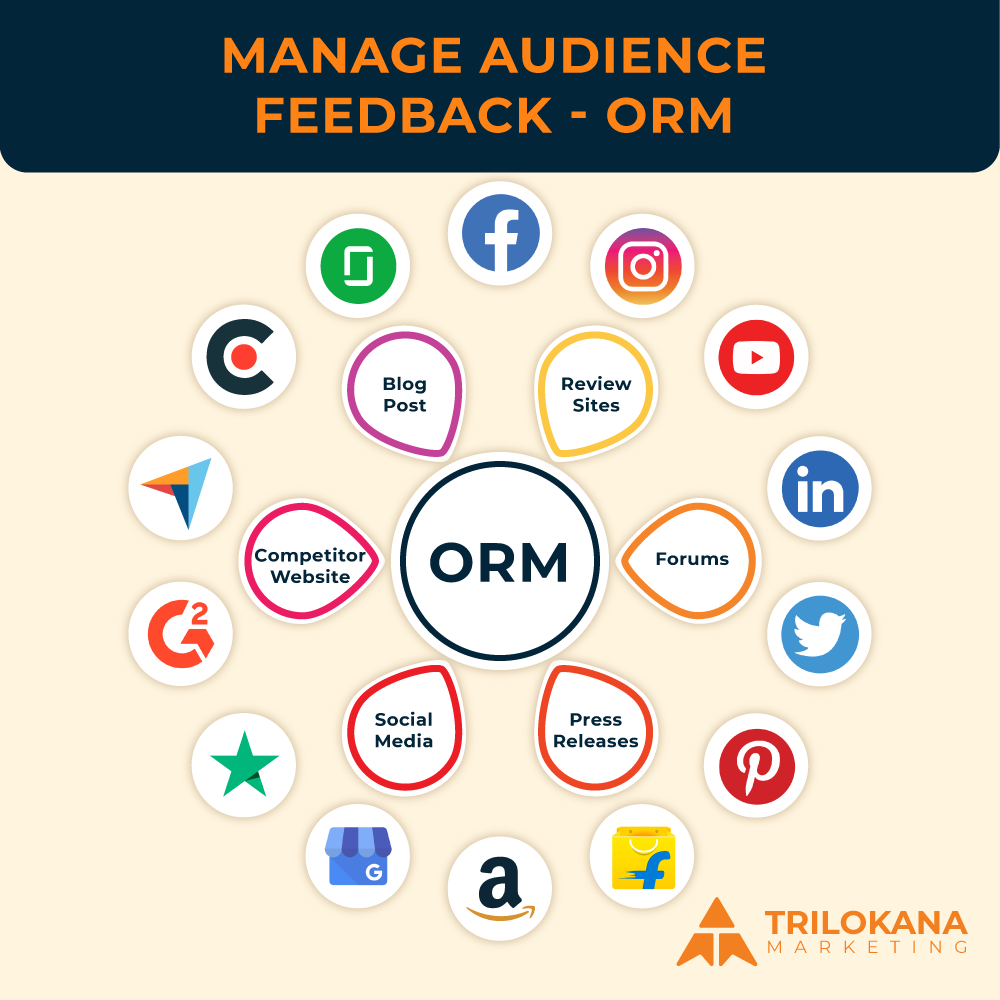Unlock the power of remarketing with Google Ads to boost your sales and re-engage potential customers. Learn how to set up and optimize your campaigns for maximum impact.
In the competitive world of digital marketing, capturing and converting potential customers can be a challenge. Remarketing with Google Ads offers a powerful solution to reconnect with visitors who have previously interacted with your brand but did not complete a desired action. By strategically re-engaging these users, you can increase your chances of closing sales and driving revenue. In this comprehensive guide, we will explore how to use Google Ads remarketing to enhance your sales efforts and optimize your campaigns for maximum effectiveness.
-
What is Google Ads Remarketing?
Discover the fundamentals of Google Ads remarketing and how it can benefit your sales strategy.
Google Ads remarketing is a targeted advertising approach that allows you to show ads to users who have previously visited your website or interacted with your app. This strategy helps keep your brand top-of-mind and encourages return visits, making it easier to convert previous visitors into customers. Remarketing works by placing a cookie on users’ browsers when they visit your site, which then triggers ads to appear as they browse other websites or use apps within the Google Display Network.
-
Setting Up Your Remarketing Campaign
Learn the essential steps to create and launch an effective remarketing campaign on Google Ads.
Step 1: Implement Remarketing Tags
To start using Google Ads remarketing, you need to implement the remarketing tag on your website. This is a small snippet of code provided by Google Ads that tracks user behavior and allows you to create remarketing lists.
Actionable Tip: Ensure that the remarketing tag is correctly installed on all pages of your website to capture data from all visitors.
Step 2: Define Your Audience Lists
Create audience lists based on user behavior and interactions on your site. This could include users who have visited specific pages, added items to their cart, or completed certain actions. Tailoring your lists helps deliver more relevant ads to different segments of your audience.
Actionable Tip: Use Google Analytics to create detailed audience segments, such as users who visited product pages but did not make a purchase.
Step 3: Create Your Remarketing Campaign
Set up a new campaign in Google Ads and select the “Display Network” or “Search Network” depending on your objectives. Choose the audience lists you created and set your budget, bidding strategy, and ad creatives.
Actionable Tip: Use a mix of ad formats, including display ads, text ads, and dynamic ads, to engage users across different platforms.
-
Crafting Effective Remarketing Ads
Enhance your remarketing efforts by designing compelling ads that drive conversions.
Ad Copy and Messaging
Create ad copy that resonates with your audience and addresses their previous interactions with your brand. Highlight special offers, promotions, or product benefits to entice users to return and complete their purchase.
Actionable Tip: Personalize your ad messaging based on user behavior, such as showing ads for specific products they viewed or abandoned in their cart.
Visual Appeal
Design eye-catching visuals that align with your brand and capture users’ attention. Use high-quality images, clear calls-to-action, and consistent branding to reinforce your message.
Actionable Tip: Test different ad designs and formats to see which ones perform best with your audience.
-
Segmenting Your Remarketing Lists
Maximize the effectiveness of your remarketing campaigns by segmenting your audience lists.
Based on User Behavior
Segment your audience based on specific actions they took on your site. For example, create separate lists for users who visited your homepage, product pages, or checkout pages. Tailor your ads to address the unique needs and interests of each segment.
Actionable Tip: Use Google Ads’ audience list features to create granular segments and deliver more targeted ads.
Based on Demographics and Interests
In addition to behavior-based segments, consider creating audience lists based on demographic data, such as age, gender, or interests. This allows you to further refine your targeting and increase the relevance of your ads.
Actionable Tip: Combine demographic and interest-based targeting with behavior-based segments for a more comprehensive approach.
-
Optimizing Your Remarketing Campaigns
Improve the performance of your remarketing campaigns with ongoing optimization strategies.
Monitor Performance Metrics
Regularly review key performance metrics, such as click-through rates, conversion rates, and cost-per-acquisition. Analyzing these metrics helps you understand how well your ads are performing and identify areas for improvement.
Actionable Tip: Set up conversion tracking to measure the effectiveness of your remarketing ads in driving sales and other desired actions.
Adjust Bidding and Budget
Based on performance data, adjust your bidding strategy and budget to optimize your campaign. Increase bids for high-performing segments and allocate more budget to ads that drive the best results.
Actionable Tip: Use automated bidding strategies, such as Target CPA or Target ROAS, to optimize your bids based on your campaign goals.
-
Leveraging Dynamic Remarketing
Explore the benefits of dynamic remarketing for personalized and engaging ad experiences.
Dynamic remarketing allows you to create personalized ads that display specific products or services users have previously viewed on your site. This approach enhances relevance and increases the likelihood of conversion.
Actionable Tip: Implement dynamic remarketing by setting up a feed of your product or service catalog and linking it to your Google Ads account.
-
Avoiding Common Remarketing Mistakes
Learn about common pitfalls in remarketing campaigns and how to avoid them.
Overloading Your Audience with Ads
Be cautious not to bombard users with too many ads, which can lead to ad fatigue and negative perceptions of your brand. Implement frequency caps to limit the number of times users see your ads.
Actionable Tip: Set frequency caps in Google Ads to control ad exposure and avoid overwhelming your audience.
Ignoring Mobile Optimization
Ensure that your remarketing ads and landing pages are optimized for mobile devices. With the increasing use of smartphones, a mobile-friendly experience is crucial for converting users on the go.
Actionable Tip: Test your ads and landing pages across various devices to ensure a seamless experience for all users.
-
Integrating Remarketing with Other Marketing Channels
Enhance the effectiveness of your remarketing campaigns by integrating them with other marketing efforts.
Combine with Email Marketing
Use remarketing in conjunction with email marketing to re-engage users who have interacted with your brand through email. Send personalized follow-up emails based on users’ behavior and interactions.
Actionable Tip: Implement email remarketing campaigns to complement your Google Ads efforts and reinforce your message.
Align with Social Media Advertising
Integrate remarketing across multiple platforms, including social media channels. This approach ensures consistent messaging and increases your chances of reaching users through different touchpoints.
Actionable Tip: Set up remarketing campaigns on social media platforms like Facebook and Instagram to extend your reach and reinforce your message.
-
Analyzing and Refining Your Remarketing Strategy
Continuously analyze and refine your remarketing strategy to achieve optimal results.
Conduct A/B Testing
Regularly test different ad creatives, messaging, and targeting strategies to identify what works best for your audience. A/B testing helps you make data-driven decisions and optimize your campaigns for better performance.
Actionable Tip: Use Google Ads’ A/B testing features to compare different variations of your ads and refine your approach based on the results.
Review and Adjust Your Strategy
Periodically review your remarketing strategy and make adjustments based on performance data and changing market conditions. Stay agile and adapt your approach to meet evolving business goals.
Actionable Tip: Schedule regular strategy reviews and adjust your campaigns based on insights and performance trends.
Harness the full potential of Google Ads remarketing to boost sales and re-engage potential customers.
Google Ads remarketing is a powerful tool for increasing sales and driving conversions by reconnecting with users who have previously interacted with your brand. By following the steps outlined in this guide, you can effectively set up, manage, and optimize your remarketing campaigns to achieve better results and grow your business. Embrace the strategies and tips provided, and watch as your remarketing efforts translate into increased sales and improved marketing success.



